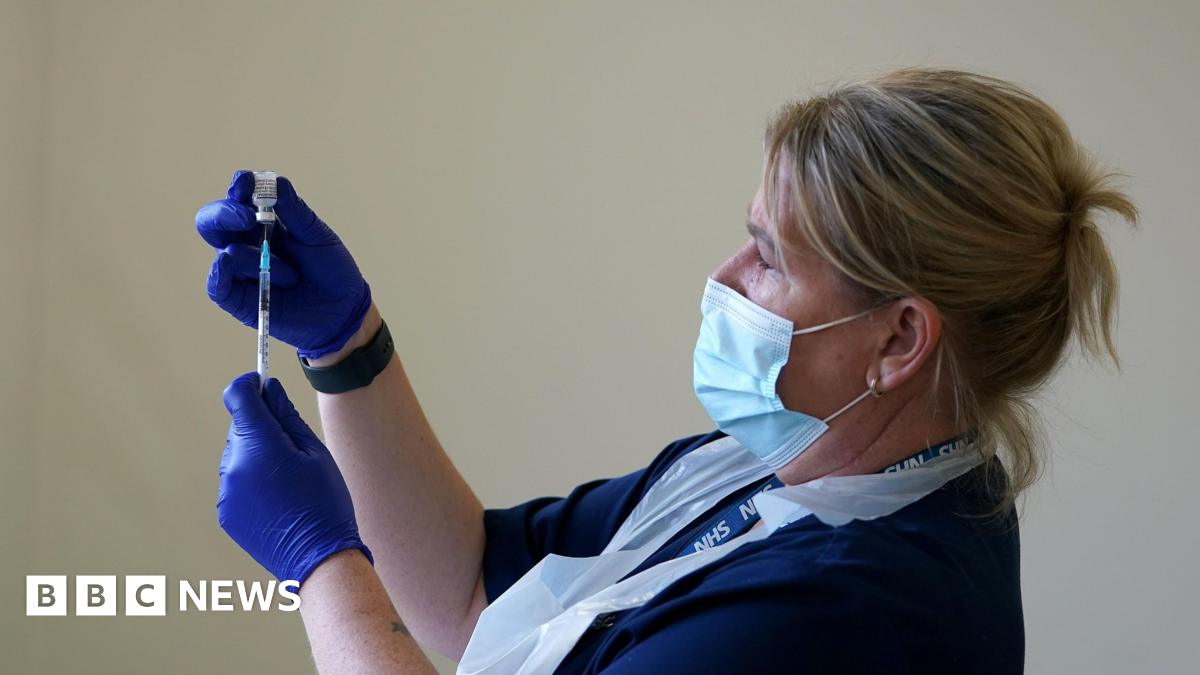Are You Making This Dangerous Dishwasher Mistake? It Could Harm Your Health

We all love the convenience of a dishwasher, but are you unknowingly putting your health at risk? A surprisingly common dishwasher mistake is leaving dishes to air dry, and experts warn it's more than just an inconvenience – it can be a breeding ground for bacteria and mold. Discover why this seemingly harmless habit could be impacting your family's well-being and learn the simple steps you can take to ensure your dishes are truly clean.
The Problem with Air Drying: Why It's a Health Hazard
The myth that air drying is more eco-friendly is just that – a myth. While it might seem like you’re saving energy, the reality is that the warm, humid environment inside your dishwasher after a cycle is the *perfect* breeding ground for bacteria and mold. These microorganisms thrive in damp conditions, and your dishes, left to sit in the residual moisture, become an ideal incubator.
Studies have shown that dishes left to air dry can harbor significantly higher levels of bacteria, including *E. coli* and other harmful pathogens. This is especially concerning for families with young children, individuals with compromised immune systems, or anyone who is particularly susceptible to foodborne illnesses.
Why Dishwashers Clean More Effectively with Heat
Dishwashers are designed to use high heat to sanitize dishes. The final rinse cycle typically involves water temperatures that are hot enough to kill most bacteria and viruses. However, this sanitizing effect is only truly effective when combined with a thorough drying process. Leaving dishes to air dry reverses this process, allowing bacteria to recolonize the surface.
The Solution: Embrace the Drying Cycle
The simple solution is to utilize your dishwasher's drying cycle. Most modern dishwashers have a heated drying option. While it does use a bit more energy, the health benefits far outweigh the slight increase in your electricity bill.
If you're concerned about energy consumption, consider using a dishwasher with an energy-saving setting that still provides a reasonable level of drying. Alternatively, you can open the dishwasher door slightly after the cycle completes to allow for some ventilation and speed up the drying process without relying solely on the heated cycle.
Beyond the Drying Cycle: Other Dishwasher Best Practices
- Use a Dishwasher Cleaner Regularly: This helps remove buildup and sanitize the dishwasher itself, preventing mold and mildew growth.
- Scrape, Don't Rinse: Most modern dishwashers are designed to handle food particles. Excessive rinsing is unnecessary and wastes water.
- Load Properly: Ensure dishes aren't overcrowded, allowing water and detergent to reach all surfaces.
- Check Your Water Temperature: Your water heater should be set to at least 120°F (49°C) to ensure effective cleaning and sanitizing.
Protect Your Family: Ditch the Air Drying Habit
Don't let a simple habit compromise your family's health. By understanding the risks associated with air drying dishes and taking proactive steps to utilize your dishwasher's drying cycle, you can ensure your dishes are truly clean and safe. It's a small change that can make a big difference in protecting your well-being.






